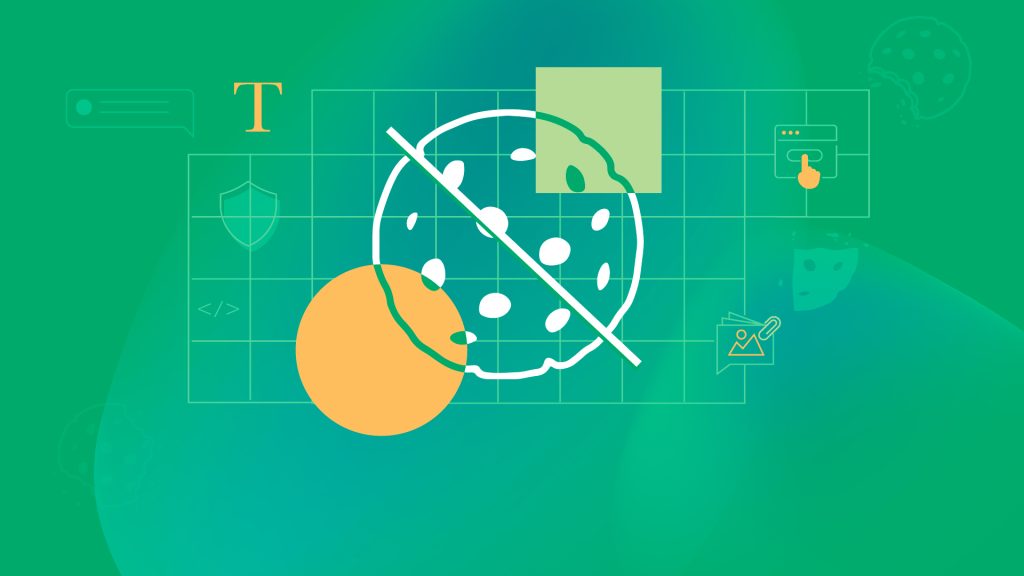
- December 14, 2023
- Rachel Goh
Off to The Cookie less World: Three Tips for a Smooth Ride
The clock is ticking for third-party cookies. They are fast disappearing—or have already faded out of the frame—from most major browsers. The question on most marketers’ minds remains: Will the death of cookies spell doom for my targeting and personalization efforts?
Perhaps even more pressingly, what can I do right now to get ready for a world without cookies? In this blog, we’ll introduce some of those reliable solutions and best practices for moving forward in this new world.
- Despite cookies being on the way out, first-party data alternatives are available
- Consolidation of audience data with solid CDP support can bridge the gap
- Auxiliary sources like social media can bolster efforts to enrich audience profiles
Repair the first-party data fissures
No more third-party cookies? Remember that there’s still a lot of first-party data. The downer is that much of it is probably hidden around your digital infrastructure, dormant and scattered in all the channels and enterprise systems.
To glean useful insights from first-party data, you need to map out all the digital touchpoints relevant to your marketing efforts along with the systems where customer data may be located. All the data, with some work, should reveal information on your audiences, including:
i) Demographic details
ii) References
iii) Purchasing behavior
Next, you need to develop/acquire the technologies necessary—ideally, a comprehensive customer data platform—to consolidate your data by:
i) Unifying all the data
ii) Giving it a consistent format
iii) Screening the data and distilling singular profiles of customers
Resulticks, NextGen’s customer engagement partner, offers a flagship solution called RESUL, which includes a Customer Data Platform. It empowers brands to assign omnichannel identity passports to individual audience members to facilitate recognition and contextual interactions in real-time.
Cleansed and sorted, first-party data can be used to create segments. For instance, you can study audience responses to campaigns on different channels to fine-tune the target segments for upcoming communications (e.g., when, on what device, and to what content do contacts become responsive to a newsletter and perform the desired conversion actions?
Borrow fuel from search and social ad platforms
While third-party cookies decline in utility, you can still utilize social media platforms and search ads to launch targeted campaigns.
Google, NextGen’s cloud partner, helps brands integrate their customer engagement solution with a range of Google systems— Google Cloud, Google Marketing Platform, and Google Ads Data Hub—so that your team can gain access to a precious and ample supply of customer data. This will empower them to have a holistic variety of attributes for segmentation and acquire more exhaustive audience insights.
Trace the paths with fingerprinting
While incomplete on its own, device fingerprinting can be one among many key audience identifiers. It collects certain essential facts or attributes about a contact’s device, contributing a consistent set of attributes by which individual contacts can be identified across touchpoints. While they can easily delete cookies, most people tend to hold on to their devices for a lengthy enough period, increasing the accuracy of device fingerprinting as a factor for identity resolution.
Conclusion
The time of cookies is close to its end, but personalization remains a central characteristic of customer engagement. Brands must avoid infringing upon customers’ data privacy and build consent into the very infrastructure of their customer engagement efforts. However, there are still many methods for gathering data for the enrichment of customer experience and for the stimulation of continuous revenue growth.
Learn how NextGen’s extensive technology portfolio can facilitate cookie-independent audience tracking, increase share of wallet, and speed top-line performance.